
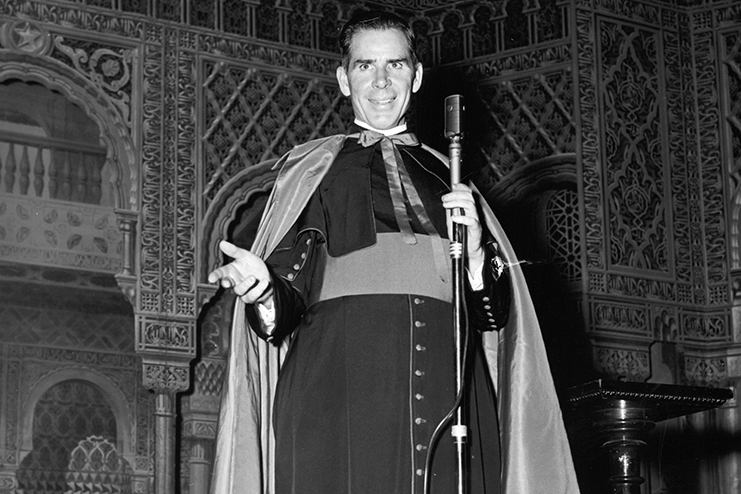
VATICAN CITY (CNA) — The beatification of Archbishop Fulton Sheen was delayed at the request of Bishop Salvatore Matano of Rochester, an official in the Diocese of Peoria and other Church officials have confirmed.
“They did not agree with the fact the beatification date was set and announced and asked the further consideration be done,” Msgr. James Kruse, director of Canonical Affairs for Peoria, told CNA Dec. 4.
Msgr. Kruse is also a member of the Sheen Foundation and has worked for years on Archbishop Sheen’s cause for canonization.
Several other sources close to the beatification also told CNA that Bishop Matano requested the beatification be delayed due to concerns that Archbishop Sheen could be cited in the final report covering an ongoing state attorney general’s investigation into New York’s bishops and dioceses.
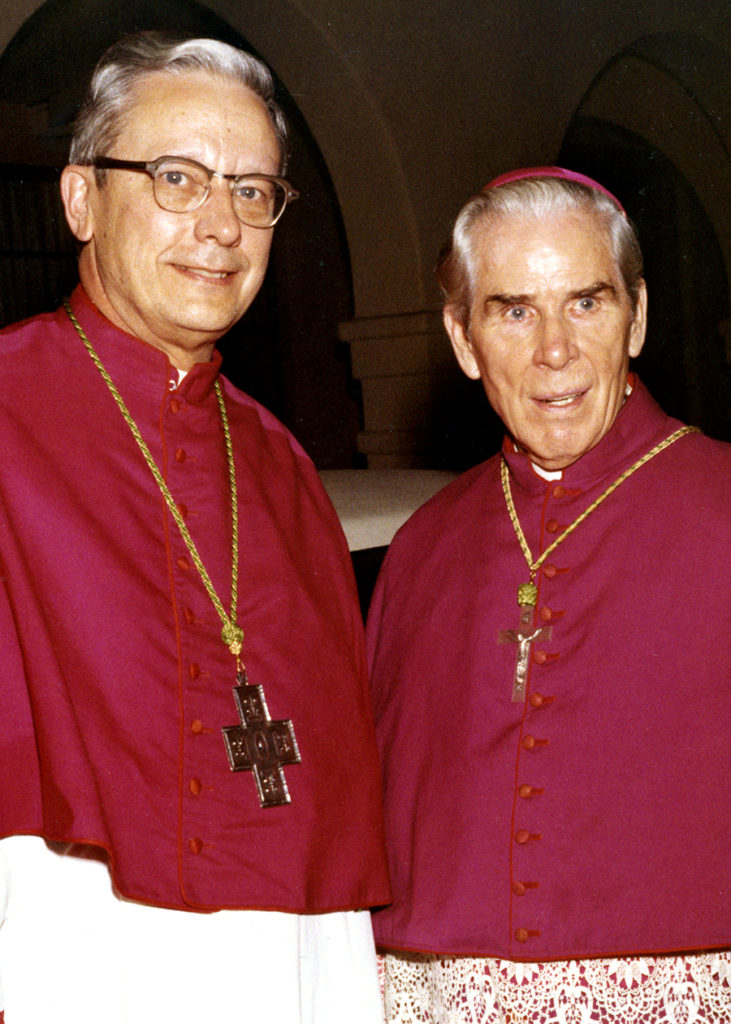
In September, New York’s attorney general began an investigation into whether any of the state’s eight Roman Catholic dioceses had covered up acts or allegations of clerical sexual abuse. Archbishop Sheen was bishop of Rochester from 1966 to 1969.
The late archbishop, who was a prolific author and television personality, was set to be beatified Dec. 21, the last step before a person can be declared a saint.
A “postponement” of the beatification was announced Dec. 3 by the Peoria Diocese — where Sheen is buried and would have been beatified.
The diocese said that “a few members of the Bishops’ Conference” had “requested a delay,” adding that “the Diocese of Peoria remains confident that Archbishop Sheen’s virtuous conduct will only be further demonstrated.”
A source close to the Vatican’s Secretariat of State told CNA that Bishop Matano contacted the apostolic nuncio after the beatification date was set to express concerns that Archbishop Sheen could be named in a report by the attorney general or accused of insufficiently handling allegations of abuse during his tenure as Rochester’s bishop.
There was apparently specific concern that such an allegation against Sheen could be timed to coincide with the Dec. 21 beatification, sources told CNA.
“A beatification is a celebration,” an official close to the Secretariat of State told CNA about the decision to postpone. “The purpose is to help the faith of the people, not to be an occasion for scandal and problems. Nothing is lost by waiting, and maybe some things are avoided.”
“There has been a great deal of impatience in some parts about [Sheen’s beatification], but in the normal course of these things this all is happening very fast — look at [St. Cardinal John Henry] Newman and how long the wait was.”
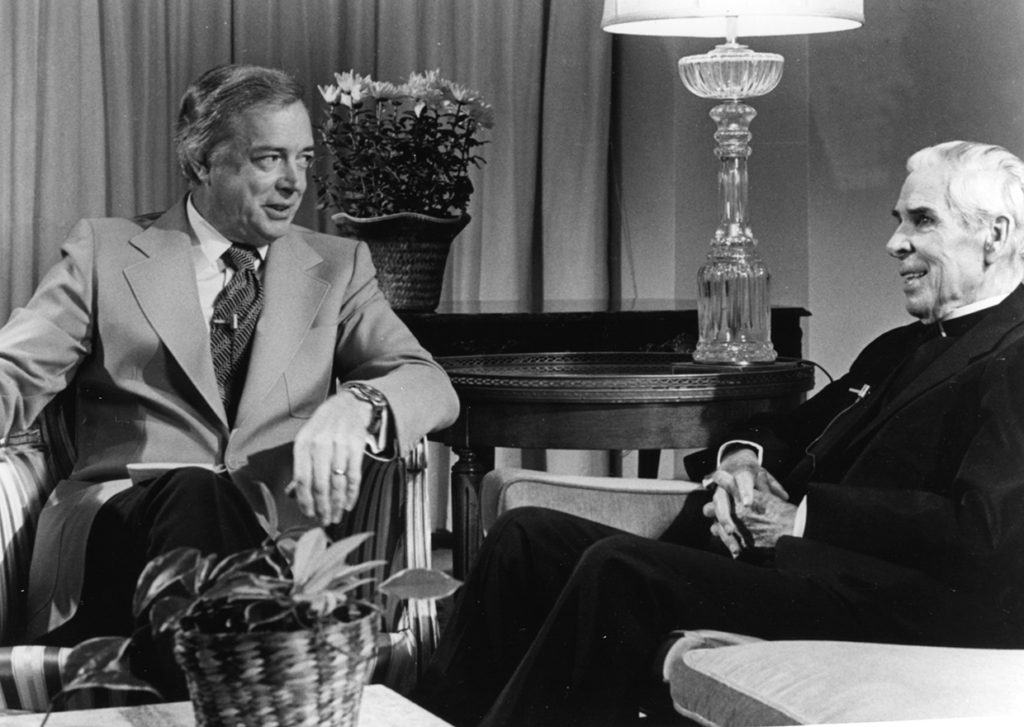
Cardinal Newman was beatified in 2010 — 120 years after his death — and canonized earlier this year. Archbishop Sheen’s beatification would have taken place 40 years after his 1979 death.
Msgr. Kruse told CNA that in July, Bishop Matano told him “the case is in the hands of Rome and we simply should wait for their determination and direction.”
“Last week, Peoria got direction from Rome, ‘Beatify him on Dec. 21,’” Msgr. Kruse added, noting that Bishop Matano subsequently objected to the Holy See’s initial decision on the matter.
Several senior U.S. archbishops were consulted on the matter before the final decision to delay was made by Cardinal Pietro Parolin, the Vatican’s Secretary of State. The U.S. bishops consulted reportedly reached consensus that it would be “imprudent” to proceed with the beatification plans until after the attorney general’s report has been released and the matter resolved.
At issue, Msgr. Kruse said, is Gerard Guli, a former Rochester priest.
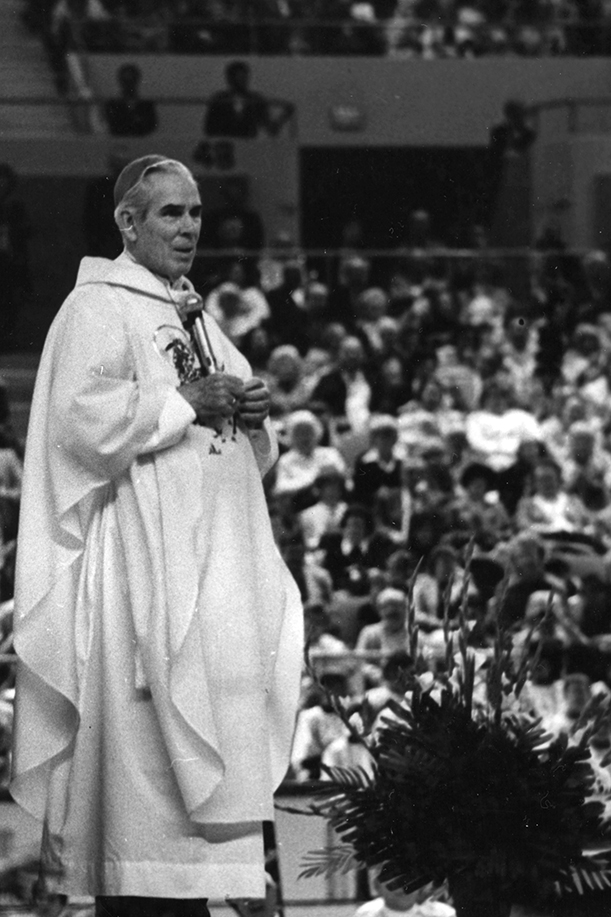
The priest was ordained in 1956, and from 1963 to 1967 served in parishes in West Virginia. According to a document issued by the Diocese of Wheeling-Charleston, in 1963 the Diocese of Rochester received an allegation that in 1960 Guli committed abuse or misconduct against adults, not minors.
Msgr. Kruse told CNA that the priest “returned from Wheeling to help his sick parents” in 1967. Archbishop Sheen became Rochester’s bishop in October 1966 after having served as an auxiliary bishop in New York.
Some have claimed that Archbishop Sheen gave Guli an assignment in the Diocese of Rochester, despite the 1963 allegation against him, Msgr. Kruse said. The priest said that issue is what Bishop Matano is concerned the New York attorney general will identify. But he added that Archbishop Sheen never assigned Guli to ministry.
“Guli is the issue,” Msgr. Kruse told CNA. “We have studied extensively Sheen’s administrative decisions regarding Guli, and he never put children in harm’s way.”
“And in talking with Guli, assignments that some say Sheen gave him, Guli says ‘I never served there,’” Msgr. Kruse added. “This whole concept that Sheen appointed a pedophilic priest, that’s just not true. … The documents clearly show that Sheen’s successor, Bishop [Joseph L.] Hogan, appointed Guli, and it’s at that assignment that Guli offended again.”
Bishop Hogan succeeded Archbishop Sheen in 1969 when the latter was made an archbishop ad personam. In 1989, Guli was arrested for an incident of abuse involving an elderly woman. The priest was serving at Rochester’s Holy Rosary Parish at the time. He was subsequently laicized.
“It’s [Bishop] Hogan who appointed Guli to the parishes in the towns of Campbell and Bradford where Guli offended, and it’s part of the reason that led to his ultimate removal and laicization, as well as other issues.”
The Diocese of Rochester declined to respond to questions from CNA about Guli.
The Diocese of Peoria’s Dec. 3 statement said that “the life of Fulton Sheen has been thoroughly and meticulously investigated. At every stage, it has been demonstrated definitively that he was an exemplary model of Christian conduct and a model of leadership in the Church. At no time has his life of virtue ever been called into question.”
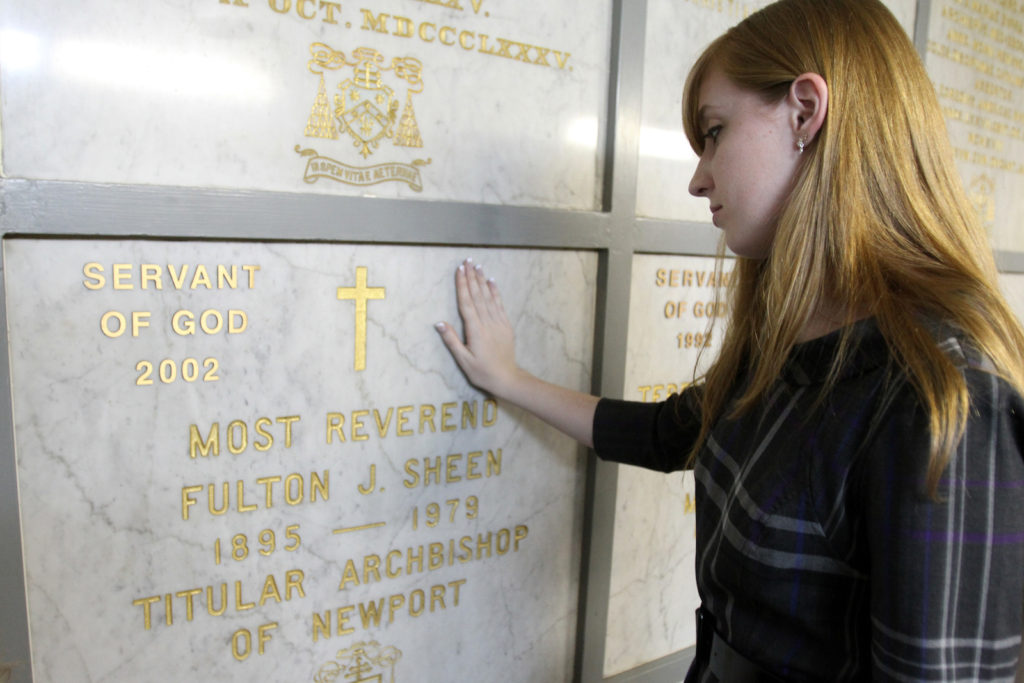
“Upon my scrutiny and extensive scrutiny of the information regarding Sheen’s administration, particularly in the case of Guli, Sheen acted in no way to put children in harm’s way or danger, he in no way did a cover-up, and I have spoken to Guli who has told me that the assignment that is being claimed was given to him by Sheen, Guli has told me he never served there,” Msgr. Kruse told CNA.
“We have known about the Guli issue for quite a long time and all of that has been thoroughly examined … that all of the life and everything has been vetted, and, in the end, Sheen is exonerated in things. And likewise, Rome has vetted all of that also,” he added.
Another official close to the beatification process told CNA that “the officials of the cause in Illinois looked very carefully at every part of his ministry as a bishop in New York. They did not find that he handled cases badly.”
Still, the official said, “now we will just have to wait and to see.”
In August, New York state law opened a window in the statute of limitations for victims of child sexual abuse to file civil or criminal complaints concerning historic offences. The one-year window was created through the Child Victims Act, which also altered New York’s statute of limitations for filing criminal claims and civil claims for survivors of child sexual abuse.
Over 400 lawsuits were filed on the first day of the window, include an allegation against a sitting bishop and a RICO suit against the Diocese of Buffalo and the Northeast Province of the Jesuits. Claims were also filed against laicized former archbishop and cardinal Theodore McCarrick.

In September, the Rochester diocese filed for bankruptcy protection, amid a flood of abuse lawsuits.
“This is a very difficult and painful decision, but after assessing all reasonable possibilities to satisfy the claims, reorganization is considered the best and fairest course of action for the victims and for the well-being of the diocese, its parishes, agencies and institutions,” Bishop Matano wrote in a Sept. 12 letter.
“We believe this is the only way we can provide just compensation for all who suffered the egregious sin of sexual abuse while ensuring the continued commitment of the diocese to the mission of Christ.”
The Diocese of Rochester declined Dec. 4 to answer questions from CNA but did provide a statement.
“The decision to postpone the beatification of Archbishop Sheen was solely the decision of the Holy See. Respecting the competency of the Holy See in this matter, the diocese will decline further comment.”
Msgr. Kruse emphasized that, in his view, while the decision belongs to the Holy See, it was the Diocese of Rochester that influenced it.
“I have seen the statement saying that they did,” he told CNA.
— By JD Flynn and Ed Condon, Catholic News Agency.






